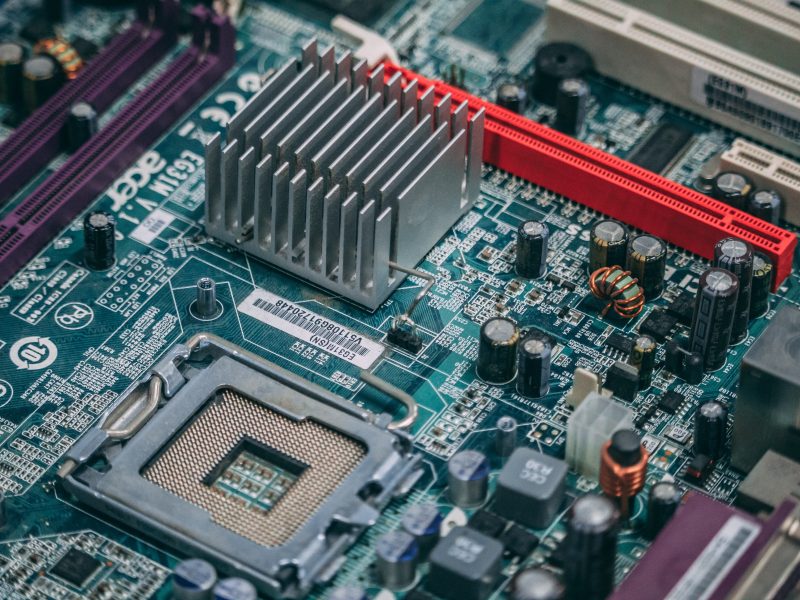
1.PCB Design One of the most important factors affecting solder resistance is the design of the PCB itself. The size and shape of the pads, the spacing between the pads, and the presence of plated through holes are all critical design elements that can impact the soldering process. For example, if the pads are too small, the solder may not properly adhere to the pad, resulting in weak or brittle joints. Similarly, if the spacing between pads is too small, the solder may bridge between the pads and cause a short circuit. Finally, plated through holes can serve as a conduit for heat during the reflow process, which can impact the formation of the solder joint.
2.Solder Paste The quality and consistency of the solder paste used is another critical factor affecting solder resistance. Factors such as paste viscosity, particle size distribution, and shelf life can all impact the final solder joint quality. For example, if the viscosity of the paste is too high, it may not properly flow and fill the gap between the pad and the component, resulting in a weak or poorly formed joint. Similarly, if the particle size distribution is inconsistent, it can cause a range of issues, from voids in the solder joint to shorts and opens. Finally, solder paste has a limited shelf life and should be used before it becomes too old, as this can result in decreased performance and reliability.
3.Stencil Design The design of the stencil used to apply the solder paste can also impact the accuracy of the paste deposit and therefore the solder joint quality. For example, if the stencil has a high aspect ratio (the ratio of the height of the stencil opening to its width), it may result in a skewed or misaligned deposit of paste. This can cause issues such as insufficient paste coverage or voids in the solder joint.
4.Assembly Process The reflow process, including temperature profile, ramp rates, and time above liquidus, can also impact the formation of the solder joint. For example, if the temperature profile is not properly optimized, it can result in poor wetting of the solder paste, which can lead to voids or other defects in the solder joint. Similarly, if the ramp rates are too slow or too fast, it can impact the formation of the solder joint and result in weak or brittle joints. Finally, if the time above liquidus is too short or too long, it can cause issues such as poor wetting or over-soldering, respectively.
5.Cleanliness The cleanliness of the PCB and components can also affect the soldering process, as contaminants can interfere with the formation of a good solder joint. For example, if there is residue from flux or other materials on the surface of the PCB, it can impact the wetting of the solder paste and result in poor or inconsistent joints. Similarly, if there is oxidation or other contaminants on the surface of the components, it can impact the adhesion of the solder paste and result in weak or unreliable joints.
6.Component Placement Finally, proper component placement is critical for ensuring good solder resistance. For example, if components are misaligned or bent, it can impact the soldering process and result in poor or inconsistent joints. In addition, if components are not properly secured during the reflow process, they can shift or move, which can cause issues such as poor wetting or cold solder joints.
By carefully considering these factors and properly controlling them, you can optimize the solder resistance during PCBA processing and ensure better reliability and performance of your printed circuit boards.
